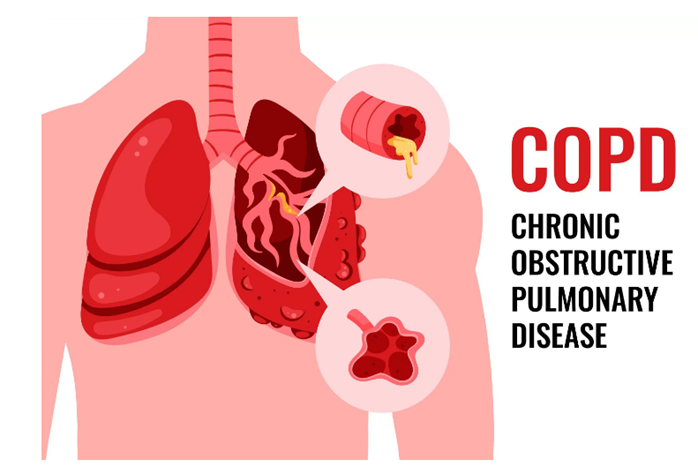The charge nurse is planning for the shift and has a registered nurse (RN) and a practical nurse (PN) on the team. Which client should the charge nurse assign to the RN?
An adolescent with multiple contusions due to a fall that occurred 2 days ago.
A 75-year-old client with renal calculi who requires urine straining.
A 30-year-old depressed client who admits to suicide ideation.
A 64-year-old client who had a total hip replacement the previous day.
The Correct Answer is C
Choice A: An adolescent with multiple contusions due to a fall that occurred 2 days ago is not a client that the charge nurse should assign to the RN, as this is a stable and low-acuity client who can be safely cared for by the PN. This is a distractor choice.
Choice B: A 75-year-old client with renal calculi who requires urine straining is not a client that the charge nurse should assign to the RN, as this is a routine and non-complex task that can be performed by the PN. This is another distractor choice.
Choice C: A 30-year-old depressed client who admits to suicide ideation is a client that the charge nurse should assign to the RN, as this is an unstable and high-risk client who requires close monitoring, assessment, and intervention by the RN. Therefore, this is the correct choice.
Choice D: A 64-year-old client who had a total hip replacement the previous day is not a client that the charge nurse should assign to the RN, as this is a postoperative and moderate-acuity client who can be managed by the PN under the supervision of the RN. This is another distractor choice.
Nursing Test Bank
Naxlex Comprehensive Predictor Exams
Related Questions
Correct Answer is B,A,C,D
Explanation
The correct order is:
- Note date and time of the behavior.
- Discuss the issue privately with the UAP.
- Plan for scheduled break times.
- Evaluate the UAP for signs of improvement.
Here are the reasons for this order:
- Note date and time of the behavior. This should be done first, as it can provide objective evidence of the UAP's behavior and its impact on patient care and staff workload. The unit manager should document any incidents or complaints related to the UAP's behavior in a factual manner.
- Discuss the issue privately with the UAP. This should be done second, as it can provide an opportunity for feedback and clarification. The unit manager should use a respectful and professional tone, and explain how the UAP's behavior affects patient safety and staff morale. The unit manager should also listen to any concerns or challenges that the UAP may have, and offer support or guidance as needed.
- Plan for scheduled break times. This should be done third, as it can provide a solution or prevention strategy for future occurrences. The unit manager should work with the UAP and other staff members to ensure that there are adequate breaks and coverage for patient care. The unit manager should also review any policies or procedures related to break times and staff attendance.
- Evaluate the UAP for signs of improvement. This should be done last, as it can provide a measure of effectiveness and accountability. The unit manager should monitor and document any changes in the UAP's behavior, performance, or attitude. The unit manager should also provide positive reinforcement or corrective action as appropriate.
Correct Answer is C
Explanation
Choice A: Reinforcing need for adequate hydration is not the most important action for the nurse to implement, as this is a general recommendation for all clients and does not address the specific needs of this client. This is a distractor choice.
Choice B: Providing typed instructions for healthy diet selection is not the most important action for the nurse to implement, as this may not be feasible or accessible for this client who lives in a poor neighborhood and may have limited resources and literacy. This is another distractor choice.
Choice C: Scheduling follow-up appointments with specialists is the most important action for the nurse to implement, as this can ensure that this client receives continuous and comprehensive care for their complex and chronic conditions, which can improve their outcomes and quality of life. Therefore, this is the correct choice.
Choice D: Demonstrating specific breathing and walking exercises is not the most important action for the nurse to implement, as this can be done by other health care professionals or at home by the client. This is another distractor choice.

Whether you are a student looking to ace your exams or a practicing nurse seeking to enhance your expertise , our nursing education contents will empower you with the confidence and competence to make a difference in the lives of patients and become a respected leader in the healthcare field.
Visit Naxlex, invest in your future and unlock endless possibilities with our unparalleled nursing education contents today
Report Wrong Answer on the Current Question
Do you disagree with the answer? If yes, what is your expected answer? Explain.
Kindly be descriptive with the issue you are facing.
